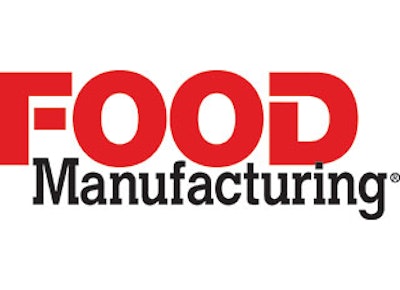
Go here to read Spare Parts Inventory: An Exercise in Risk Management, Part 1.
Risk Management Options
In all cases of risk management, there are four options for the management of the risk. As you evaluate each risk, you need to then adopt a management strategy based on the chosen option adopted for that risk or class of risks. The risk management options are presented here in the order in which they should be considered:
- Avoid the risk - One way to avoid risk is to re-design the work. In many circumstances, this might involve reengineering, choosing long lived assets, or even replacing the asset. The best way to avoid the risk of an iatrogenic failure (failure caused by the mechanic or electrician) is to design the system to not break down! Of course, that is tough but improvements in reliability that are based on equipment design are made every day. If you can’t eliminate the risk, the next step is to mitigate it.
- Mitigate the risk - Mitigation involves reducing the probability of the risk happening (using existing technology instead of new technology) or reducing the consequence of the risk or some combination of both. For example, in the aircraft industry, the risk of incorrect repairs has both safety and economic consequences. The industry mitigates this risk through rigorous repair procedures, certification of operators and mechanics, and close-in inspection. While these actions mitigate the risk, they do not eliminate it. In an industrial situation, one way to minimize the consequence of a breakdown risk is to have backup systems in place.
- Insure the risk - Insurance is a form of risk mitigation in that it minimizes the consequence of the risk. It is included here as a separate option because the key is to shift the financial impact of the risk from you to the insurer. Here are some common types of insurance:
- Fire insurance for fires.
- Liability insurance for accidents to visitors.
- Workmen’s compensation insurance for employee injuries.
- Business continuity insurance to cover catastrophic interruptions to business activity.
- Accept the risk - You decide that the risk probability or consequence is sufficiently low that you can handle it without help or additional systems. Sometimes this is referred to as ‘self insurance’. An example of this are companies with large vehicle fleets that don’t take out external insurance. They accept that they will need to repair/replace vehicles involved in an accident on the basis that in the long run, this is less expensive (because of the large fleet) than the insurance.



















